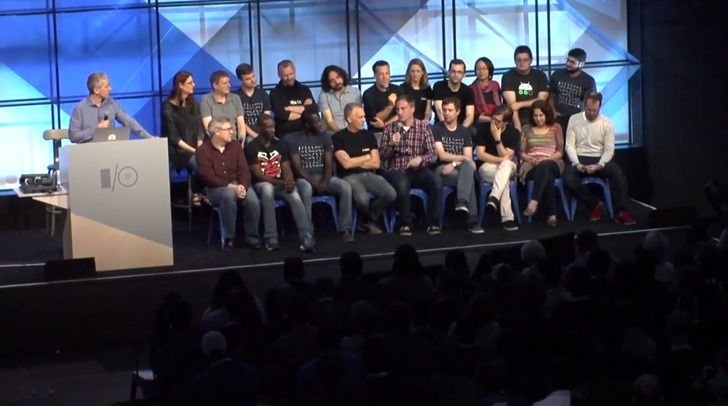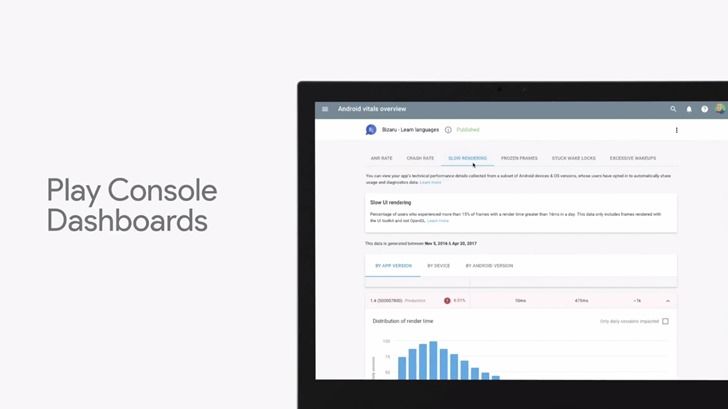latest
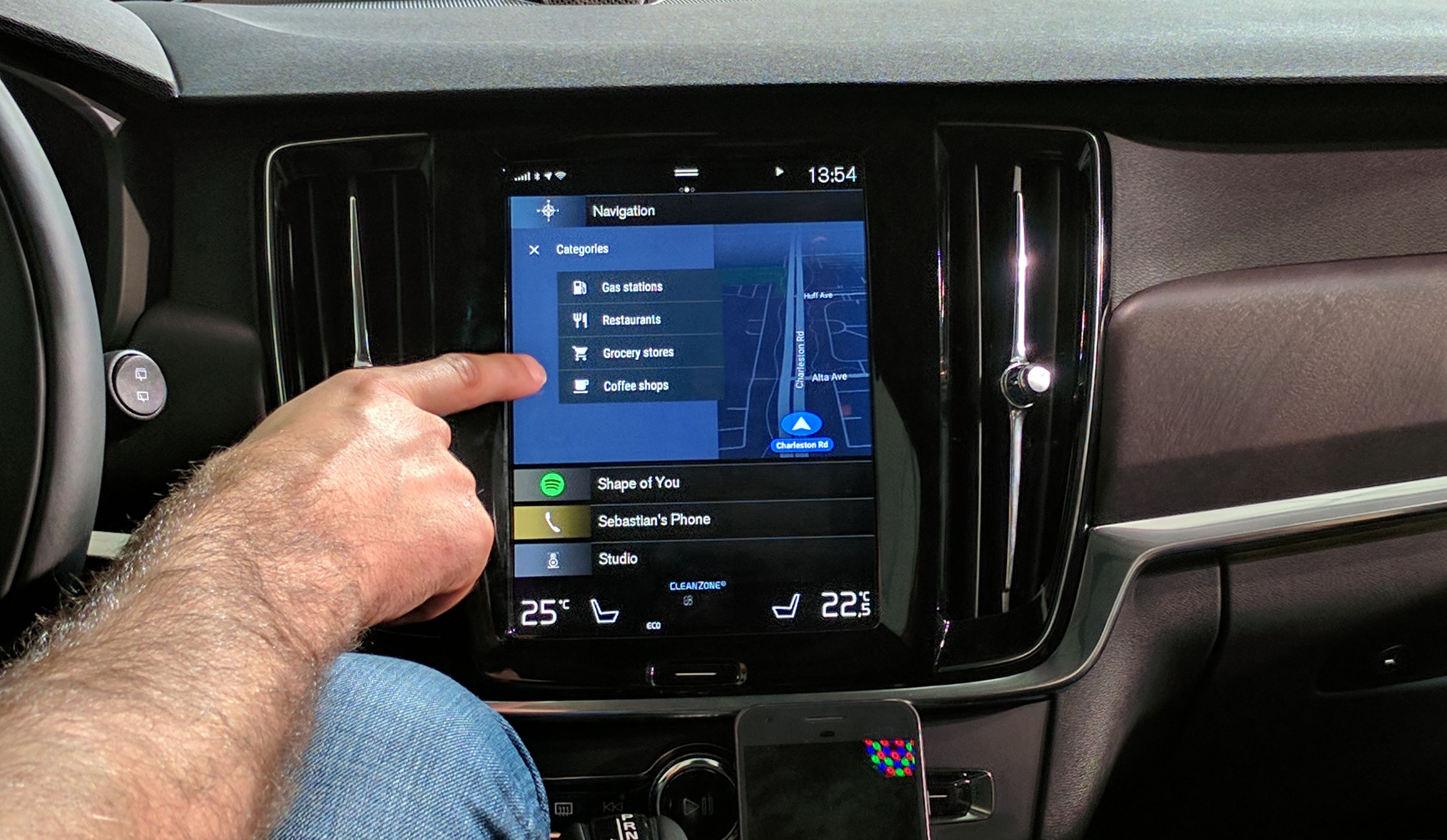
Google spent much of the I/O 2017 keynote talking about machine learning. In fact, we heard the phrase "AI first" as a description of Google's current plans. You probably have a little sliver of Google's AI capabilities in your pocket right now—Google Assistant. There's one place in particular Google really wants Assistant to live, and that's in your car.
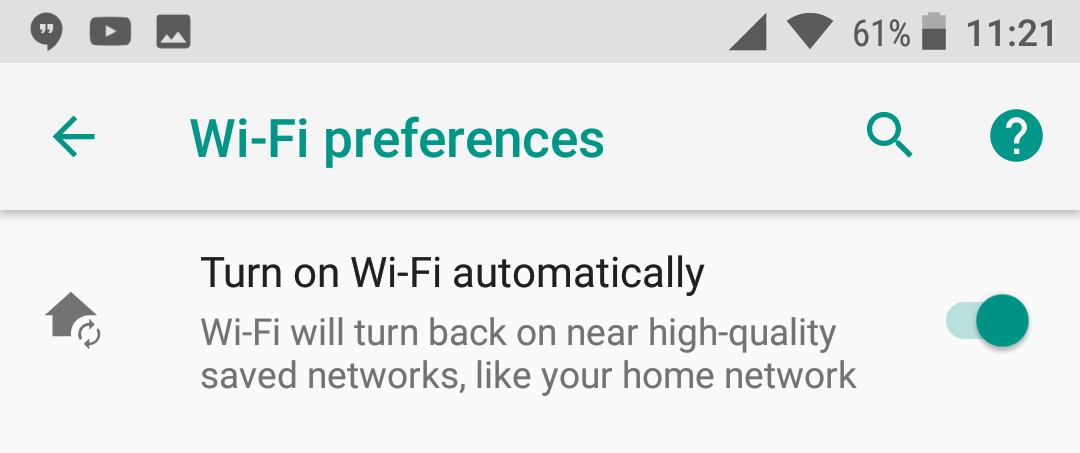
The Android beta program gives us a chance to see the latest features of Android, some of which don't actually work yet. That was the case when the first developer preview came out with an option to automatically switch WiFi on when you get near a trusted network. The toggle was non-functional in the first dev preview, but it works in DP2.

Android has a long and complicated history with audio output, but Google has been improving audio on Android with higher quality sound and lower latency. In Android O, developers will have a new tool to perform audio transitions and effects.
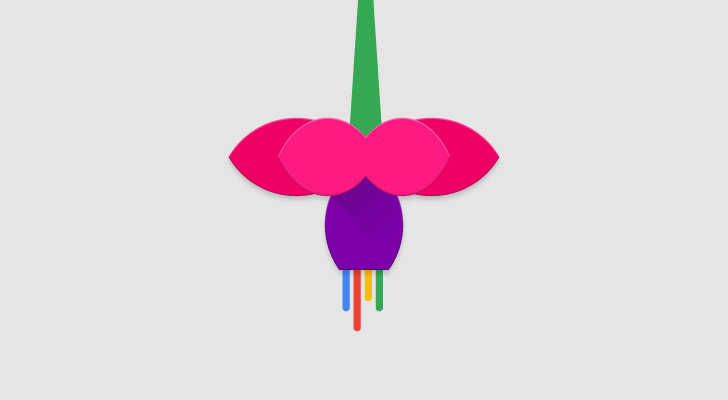
People have been buzzing about Google's Fuchsia project, an open source operating system that popped up on GitHub a few months ago. Some have even speculated that Fuchsia could be a replacement for Android down the road. Someone brought this up at the Android Fireside Chat, and VP of engineering for Android Dave Burke replied by basically not talking about Fuchsia.
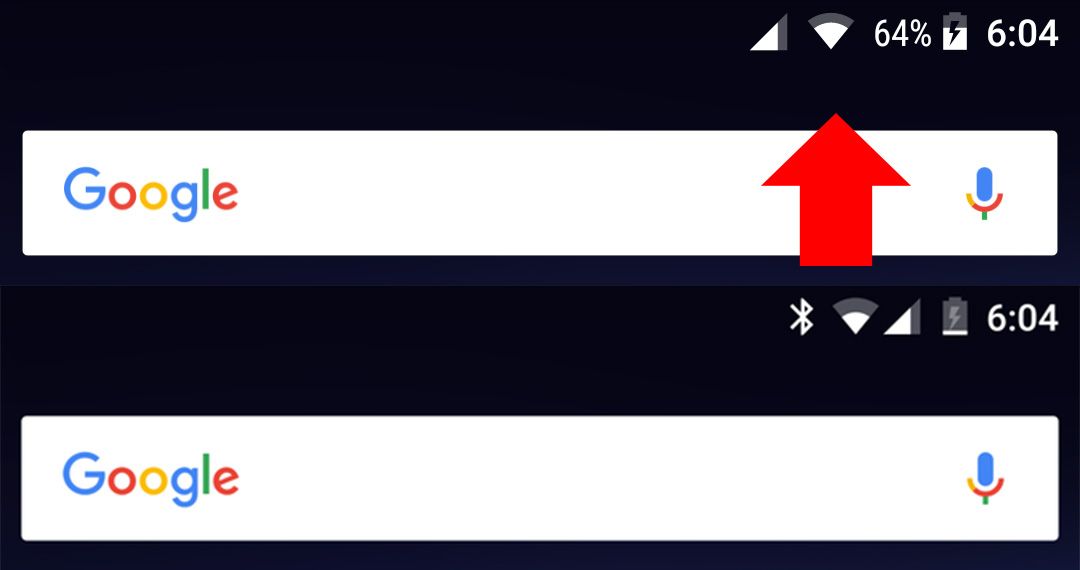
Google is always making little tweaks to the UI during the developer previews, but there's usually a reason. The new Android O preview inexplicably swaps the cellular and WiFi indicators around in the status bar. It's very weird to see.
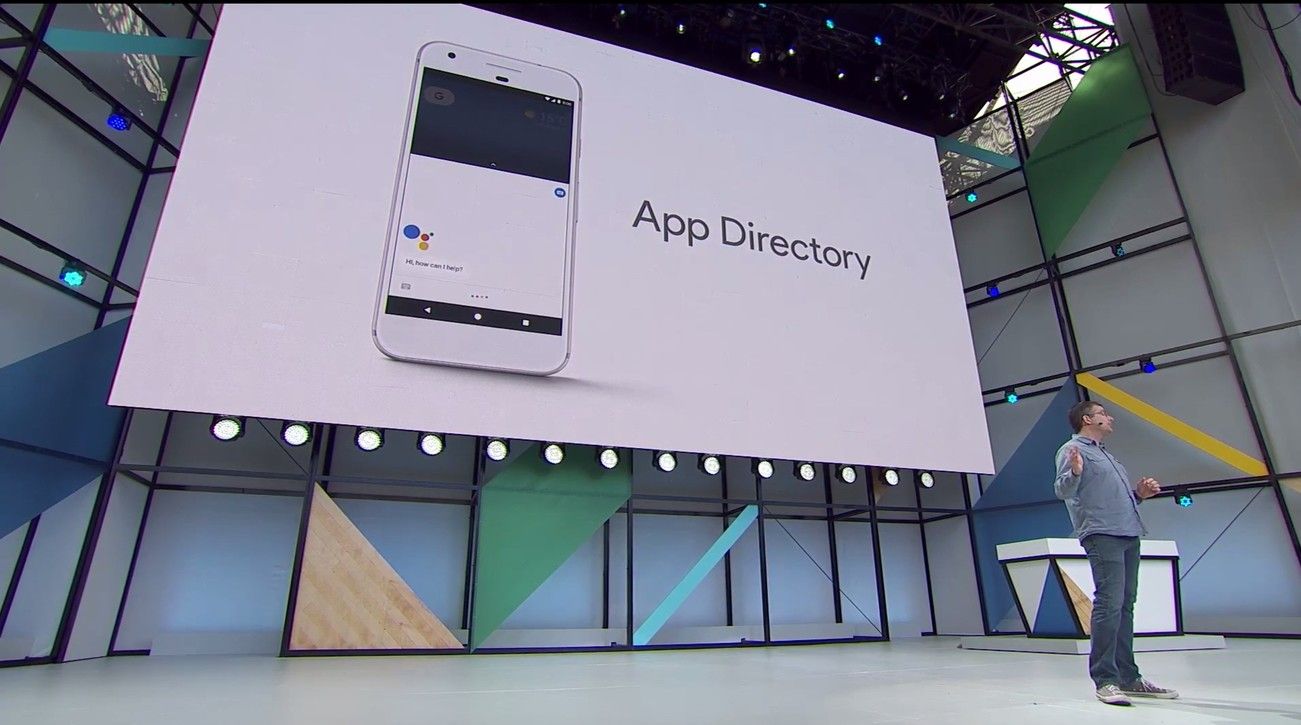
Until now, the only place you could see all the apps with Assistant support was the gigantic scrolling list in the Home app. With the updated Assistant implementation rolling out today, you can finally check out what Assistant has to offer in a more sane way. It's got an app directory now.
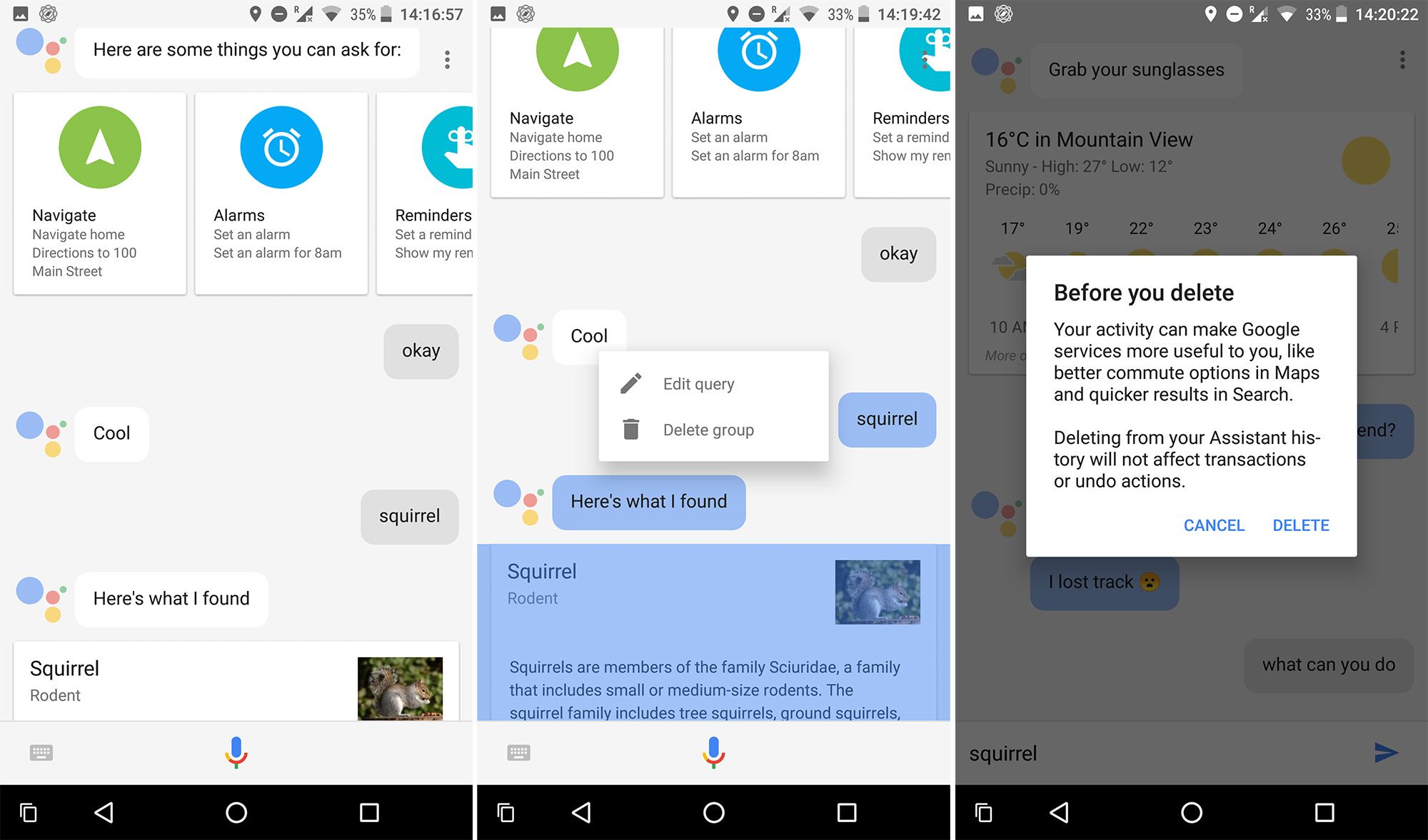
Google is in the process or rolling out typing input for Assistant on Android phones, which was announced on day one of I/O. When you get it, there will be a few more goodies that Google's didn't see fit to talk about. It turns out there is a full editable history of what you say to Assistant.
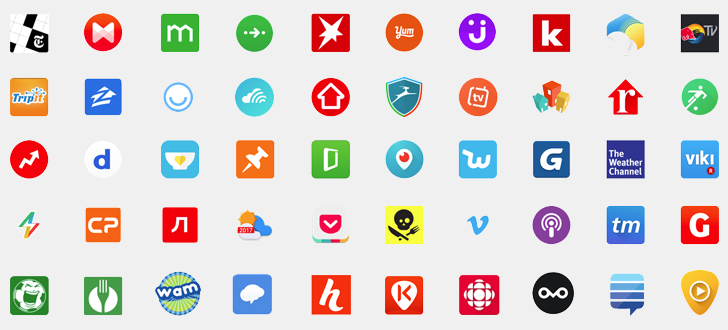
Instant Apps were announced one year ago at Google I/O 2016, but only now are they rolling out to a large amount of users. Now any developer can make instant Apps, and Google showed off a massive list of them at a session earlier today (seen above).

In all of the hubbub of yesterday's I/O keynote, Google took some time to mention a few changes and additions coming to Daydream and Tango, its virtual and augmented reality platforms respectively. While we got some interesting news about Standalone and WorldSense, Google has revealed more information about what we can expect from the future of VR/AR.
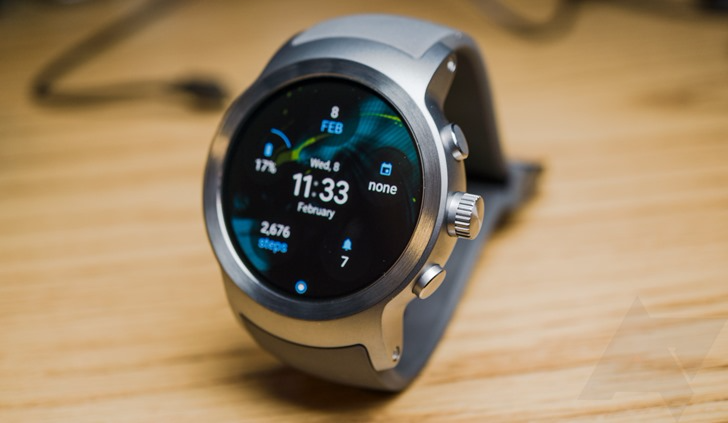
Google changed a lot about how Android Wear works in the 2.0 update. So much, in fact, it had to push back the release by several months. At I/O today, Google has announced some new developer tools that will lead to better watch face complications and wearable-friendly UI designs.
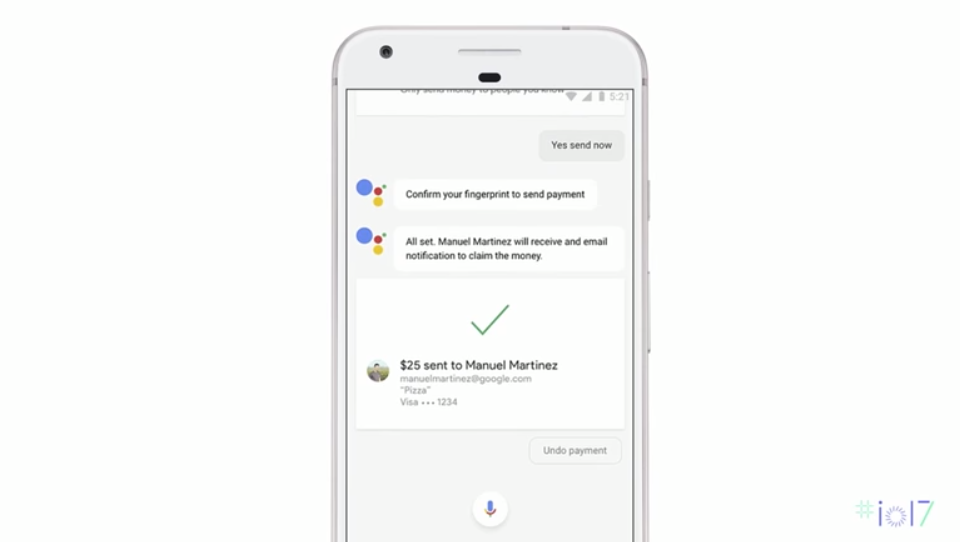
We've already taken a brief look at Google's new PayPal-like payment API which was introduced during a session at I/O today. Potentially the coolest application for this is going to be the ability to send payments to friends and others with Google Assistant.
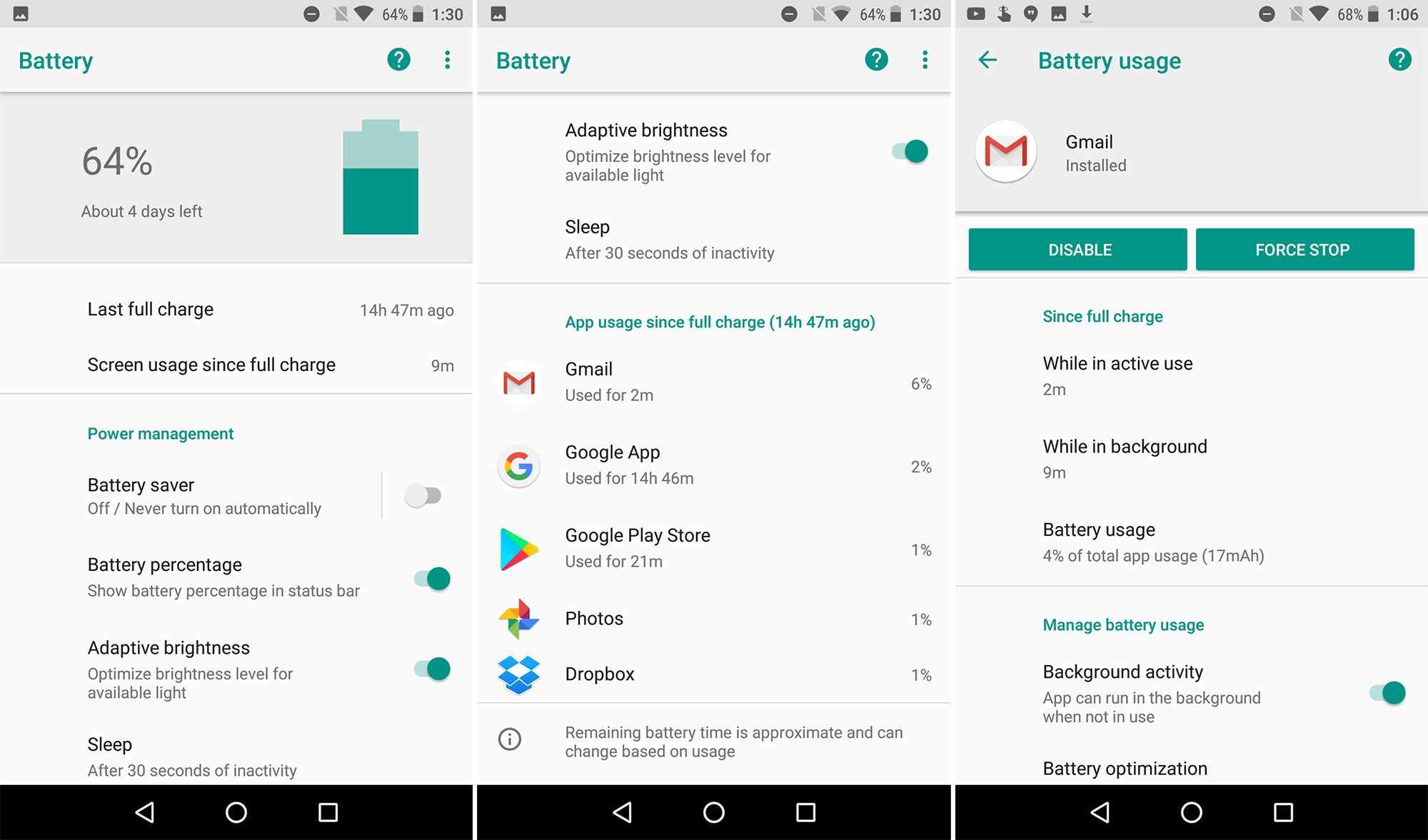
Google is focusing on battery life in Android O by clamping down on what apps can do in the background. At the same time, Android O includes a new battery settings menu that attempts to present your usage in a more understandable way. Instead of simply showing how much juice an app used, it puts battery use in the context of how you use the phone.
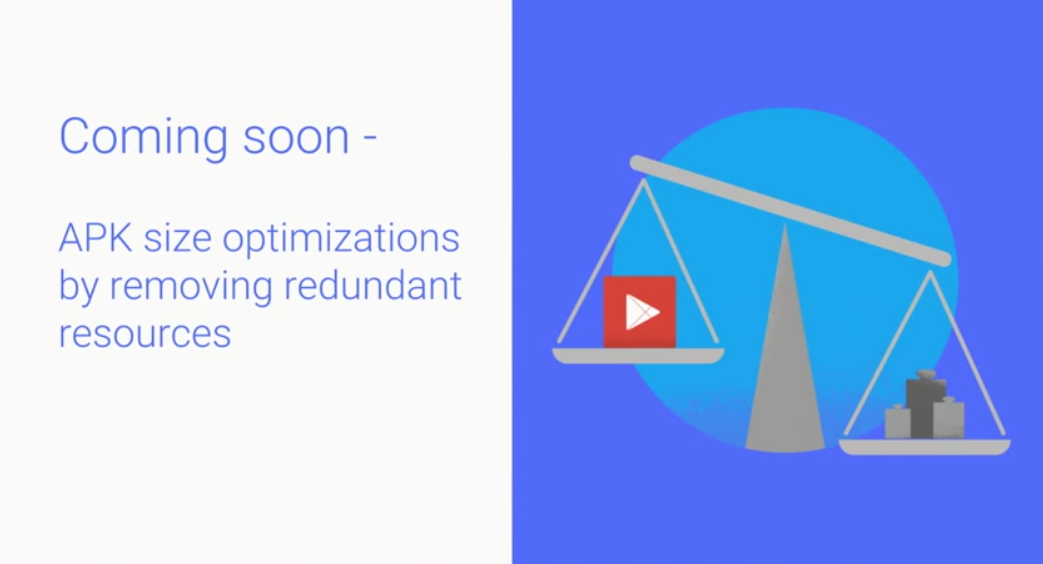
Apps are probably one of the biggest uses of space on your device, and they might be slimming down in the future. Google is preparing to offer developers an automatic APK optimization service. The idea is to deliver smaller APKs to users that have all the extraneous bits stripped out.
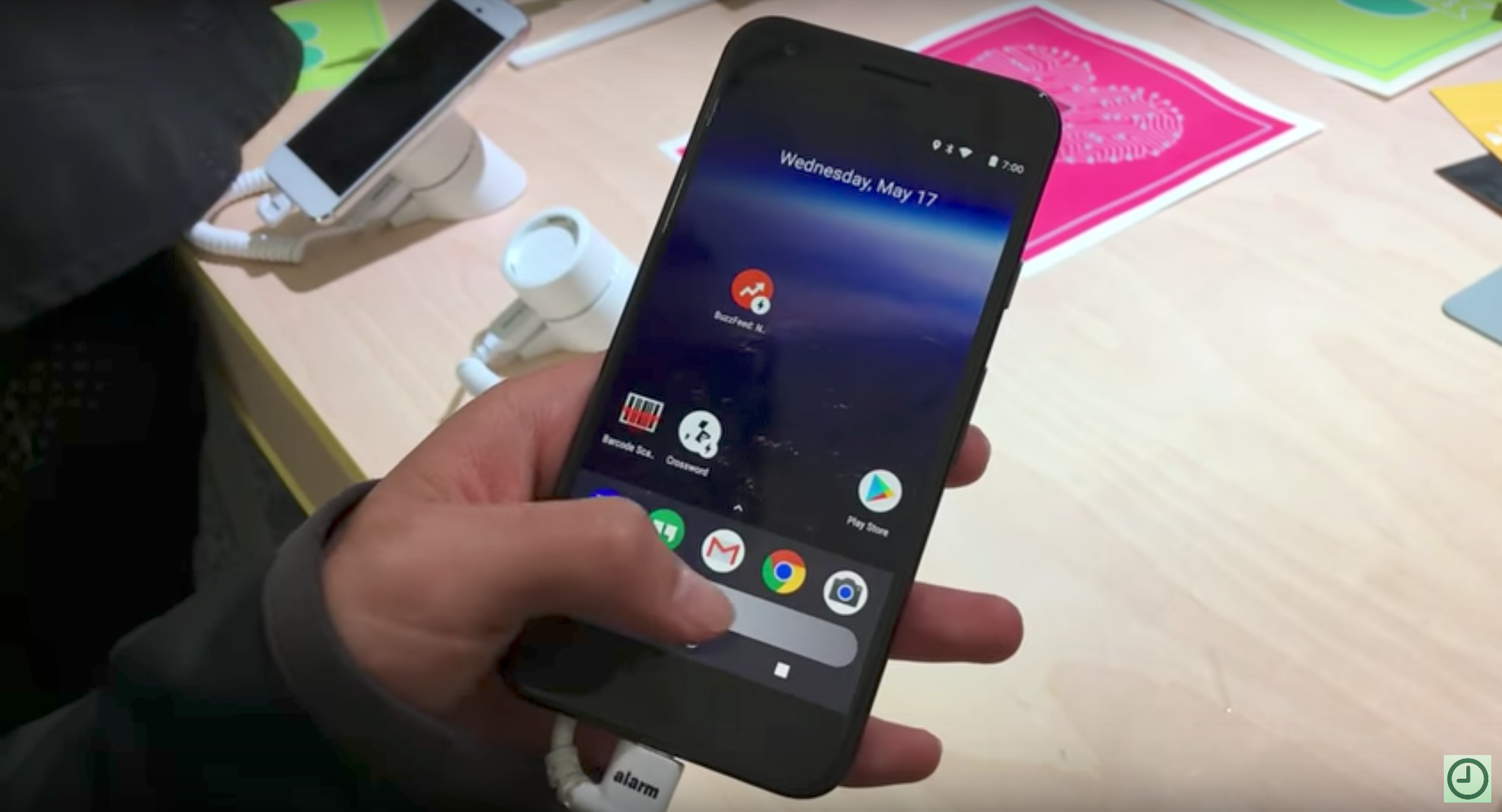
A brand new Pixel Launcher UI has been spotted at Google I/O during a sandbox session on Instant Apps. We've not seen anything official about it yet, so it's either going to be debuted soon, or somebody messed up and it's not even a fully tested product. It seems the unreleased launcher was being used to demo new functionality relating to the now more widely available Instant Apps, which it can show in search results alongside those on the Play Store. Previously, the launcher could only display apps already installed on your device.
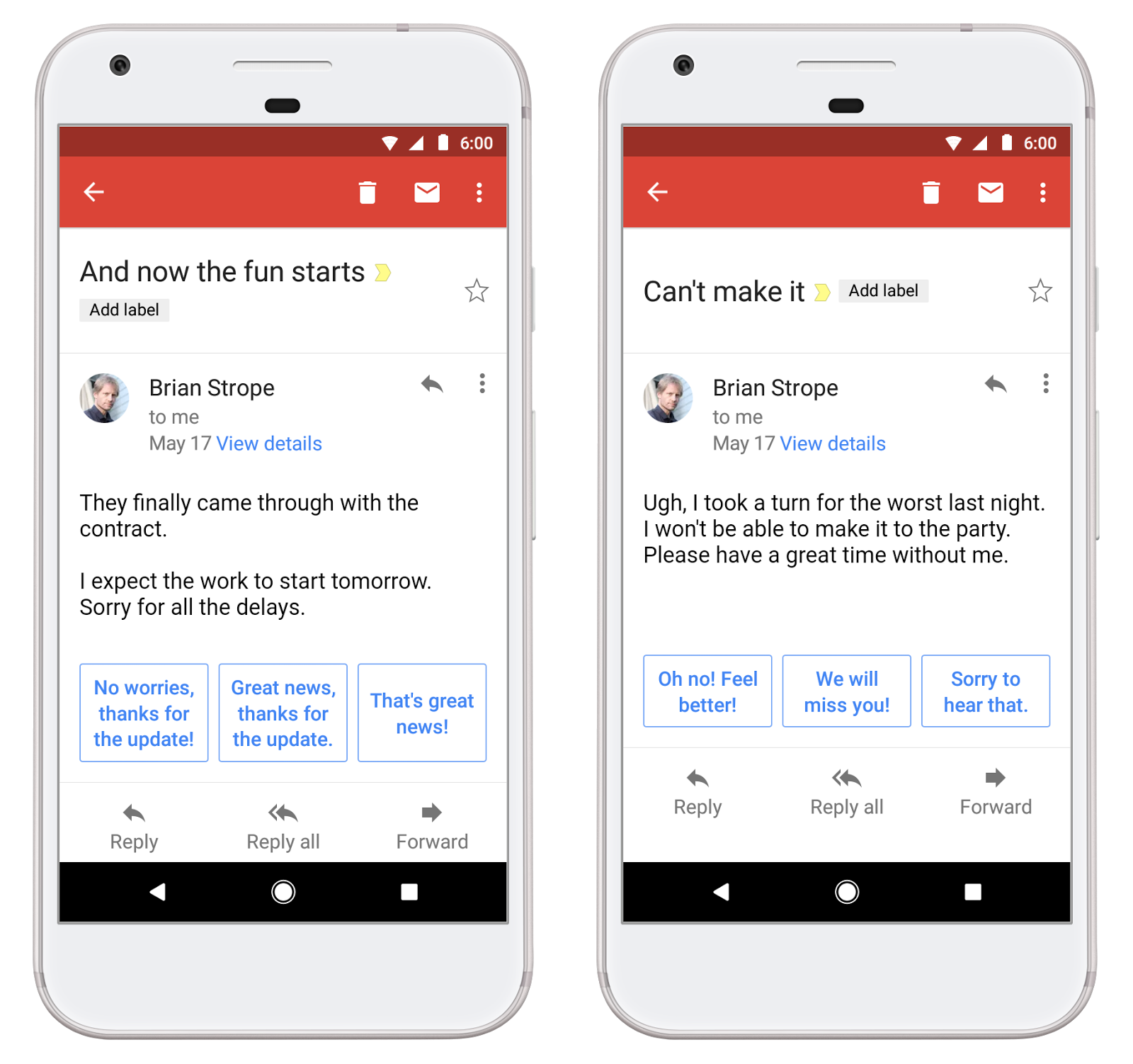
Read update
One of the unique features of Google's Inbox mail application was smart replies. Inbox tries to predict what the message is about, and provides three quick replies. I'll admit, I don't use it much, but it's pretty nice if you're quickly exchanging messages.
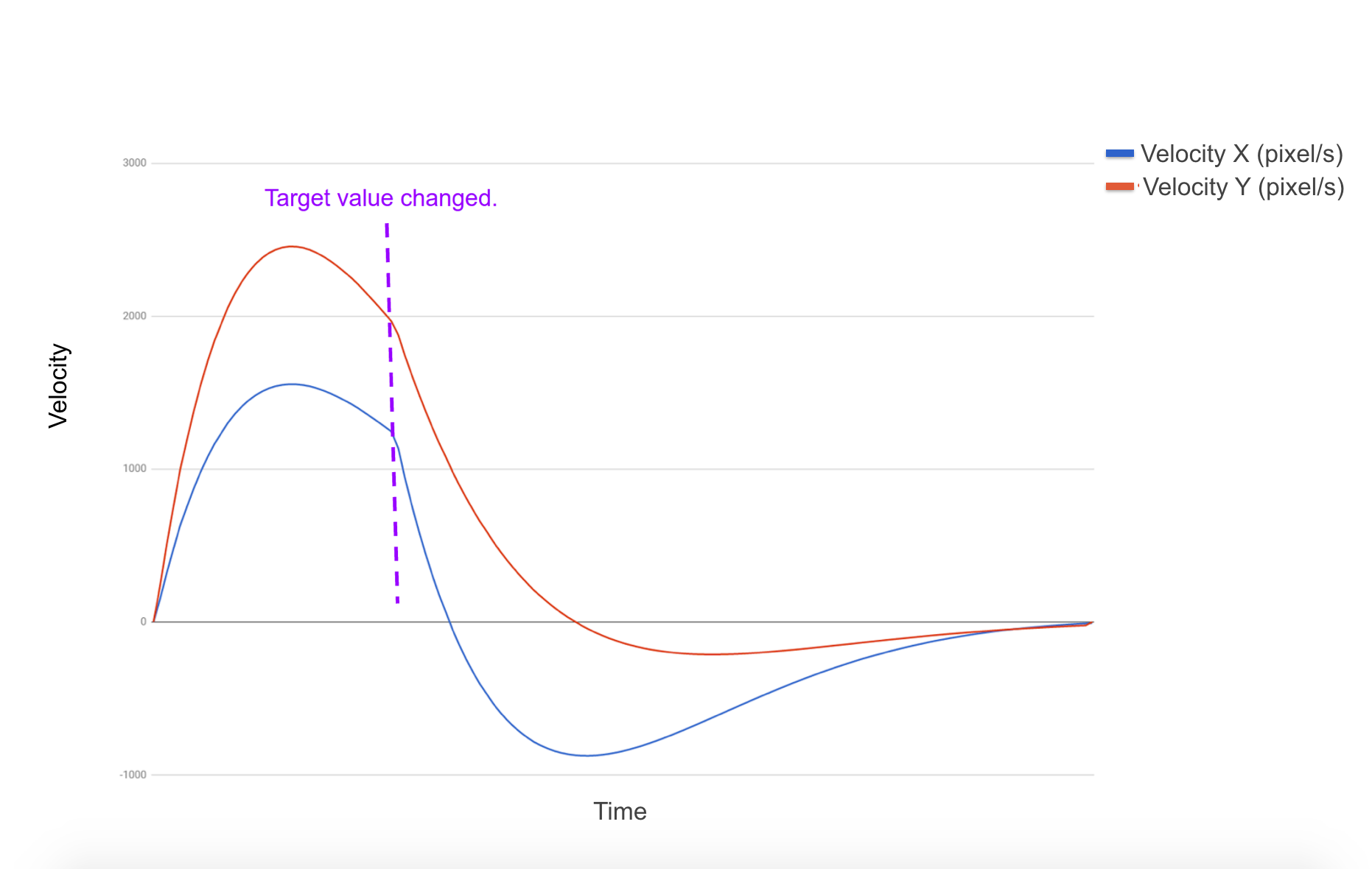
Animations in apps can often be jerky or unrealistic, but in Android O Google plans to give developers tools to make animations buttery smooth and natural with the power of physics. It should also be much simpler to make animations with this system.
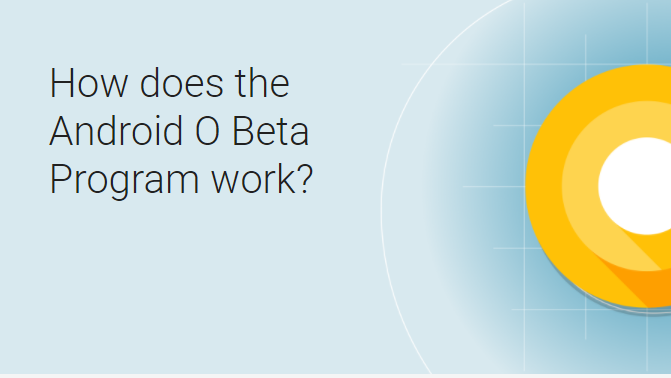
The beta program is now live! Cruise on over here to check it out, if you'd like to register for the program. Only a few Nexus and Pixel devices are compatible with the service, but now you can whet your Android O whistle in a slightly more stable way.
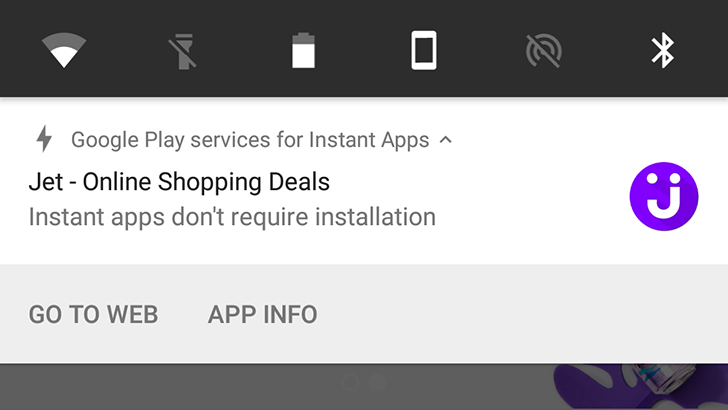
Instant Apps were announced exactly one year ago at Google I/O 2016, allowing sites to load basic native applications from search results, in place of normal web sites. Instant Apps load quickly, have all the functionality of native Android apps (including the ability to request permissions), and don't require a brand new version of Android.


